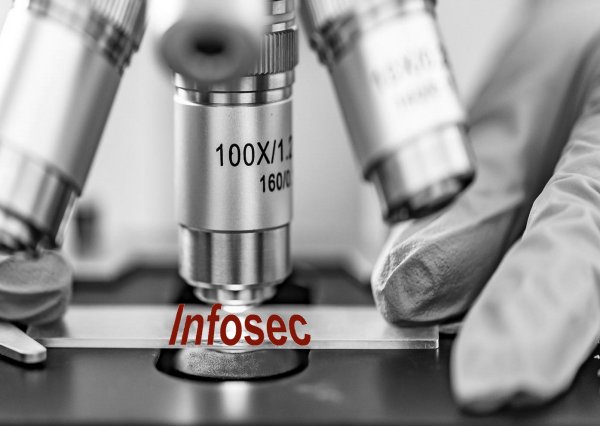Algo-rhythmic infosec

An article by the 50-year-old University of York Department of Computer Science outlines algorithmic approaches in A rtificial I ntelligence. Here are the highlights: Linear sequence : progresses directly through a series of tasks/statements, one after the other. Conditional: decides between courses of action according to the conditions set (e.g. if X is 10 then do Y, otherwise do Z). Loop: sequential statements are repeated. Sequential statements are repeated. Brute force : tries approaches systematically, blocking off dead ends to leave only viable routes to get closer to a solution. Recursive : apply the learning from a series of small episodes to larger problems of the same type. Backtracking : incrementally builds a data set of all possible solutions, retracing or undoing/reversing its last step if unsuccessful in order to pursue other pathways until a satisfactory result is reached. Greedy : quickly goes to the most obvious solution (low-hanging fruit) and stops. Dynamic progra...










